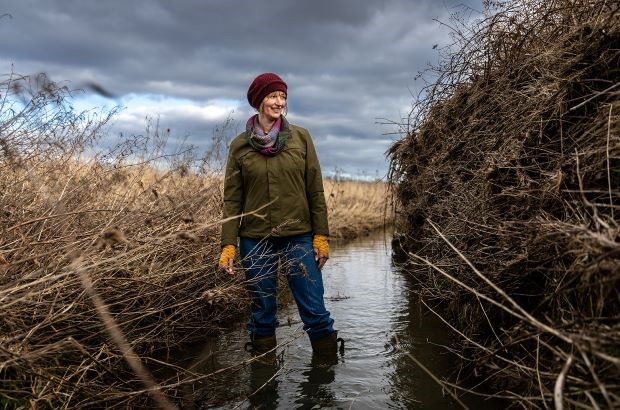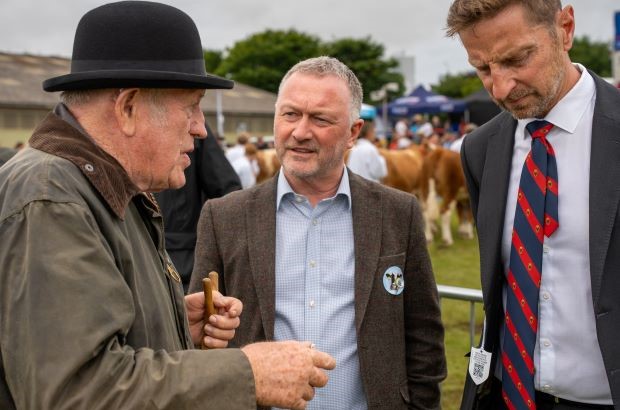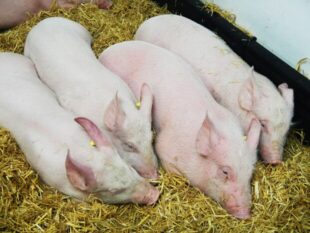The Farming and Countryside Programme’s annual report is out, highlighting how funding has helped farmers, foresters, and land managers support nature, sustainable food, and innovation. In addition to this, guidance for Countryside Stewardship Higher Tier applications is available, with the online service opening next week for invited applicants who have completed pre-application advice.
Landscape Recovery is entering a new phase, with two pioneering projects starting long-term delivery on the ground. They show how farming, nature and rural communities can thrive together, supporting the government’s commitment to a sustainable and resilient farming system in England.
Following the Spending Review, Defra has secured a multi-year funding commitment from HM Treasury. More than £2.7 billion a year will be invested in sustainable farming and nature recovery from 2026 to 2029. Funding for the Environmental Land Management Schemes paid to farmers will increase by 150% over this time period.
As outlined in the Chancellor’s announcement, we have secured a budget of £2.4 billion for the next financial year. This means we can maintain the momentum of our environmental land management (ELM) schemes, which will rise to the highest funding levels ever by 2025/26.
Our project, the Waveney and Little Ouse Landscape Recovery Project, sits on the headwaters of the 2 rivers, covering over 1,600 hectares between the towns of Diss on the Waveney and Thetford on the Little Ouse. The project seeks an opportunity to realise the invaluable services our floodplains provide. In this post, I'll share an overview …
Landscape Recovery supports large-scale, long-term management of land for the benefit of sustainable food production and the environment. Many of the 22 projects in Round 1 are now halfway through the Project Development Phase (PDP). Our ability to co-design this scheme is founded on open and honest relationships with project teams. In this post, we share a …
In this guest post, vet Alasdair Moffett describes the work of the Upper Axe Landscape Recovery Project team. Their project aims to demonstrate that productive agriculture, the natural environment and a will to counter climate change can co-exist.
The Wigan Greenheart Landscape Recovery project covers a combined area of approximately 1,446 hectares in Lancashire. In this post, project manager Tony Da Silva shares an overview of the site, its history and the project team's ambition to support a thriving natural environment in which people, wildlife and agriculture can flourish.
In this post, I'm pleased to share the 34 successful projects in the second round of Landscape Recovery. This £25 million round will fund 12 more projects than the previous round, demonstrating our commitment to funding that delivers environmental benefits in harmony with food production.
In this post, the team behind the Evenlode Landscape Recovery Project share their plans to restore streams and rivers, protect threatened native species, improve natural habitats and adapt to climate change while continuing to productively farm and create new revenue streams for farmers in the area.













 The
The 